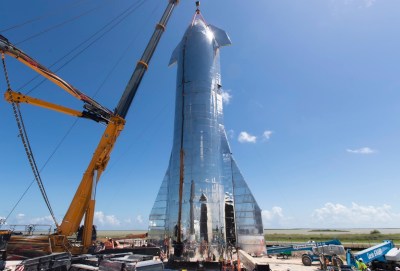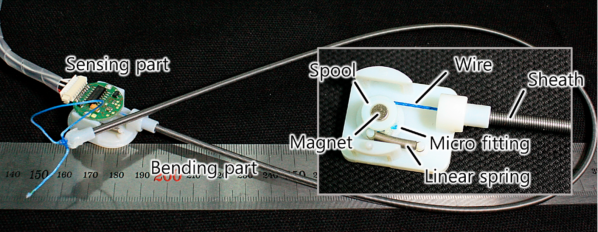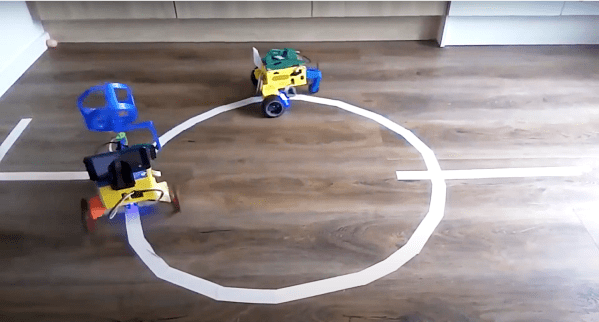Only few cinematic moments were as traumatically heartbreaking as [Mufasa]’s death in The Lion King and [Wilson]’s demise in Cast Away. To think, if only [Tom Hanks]’ character had found a role roll of stretch wrap in the washed up cargo content, he could have built a vessel with enough room to safely store his faithful companion. Sounds unlikely? Well, [sg19point3] begs to differ, and has a kayak to prove it.
It’s as brilliant as its construction materials are simple: tree branches, packing tape, and of course the stretch wrap. [sg19point3] used two different types of branches, one that bends just enough to shape the kayak in its length, and a more flexible variety to form the rings that hold it all together. After removing the bark, he shaped the branches as needed using some pegs in the ground, and let it dry for a few days. Once ready, he put them together and stabilized the construct with packing tape until it was ready for the grand finale of wrapping the entire thing in several layers of plastic wrap. To prove he trusts his own construct, he took it for a ride to the nearest water and lived to tell the tale — and to make a video about it, which is embedded after the break.
Admittedly, putting it together all by yourself on a remote island may be a bit laborious after all, so good thing [sg19point3] had some friends to help with the wrapping. Whether you’d want to take it beyond your local, shallow pond is maybe another story — you’d definitely want to steer clear of sharp rocks. For something more sturdy, check out the 3D-printed kayak from a few years ago. But in case you prefer wood, here’s a beautiful canoe.
Continue reading “It’s A Boat? It’s A Duck? It’s A DIY Plastic Wrap Kayak!”

















